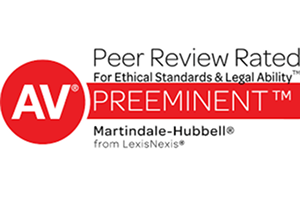Drivers across the country would no longer be legally able to talk, text or surf the web on a cell phone if the National Transportation Safety Board (NTSB) gets its way, according to KnoxNews. The Board made a recommendation this month to get local, state and federal officials to prohibit the use of portable electronic…
Continue reading ›Oriented Representation









